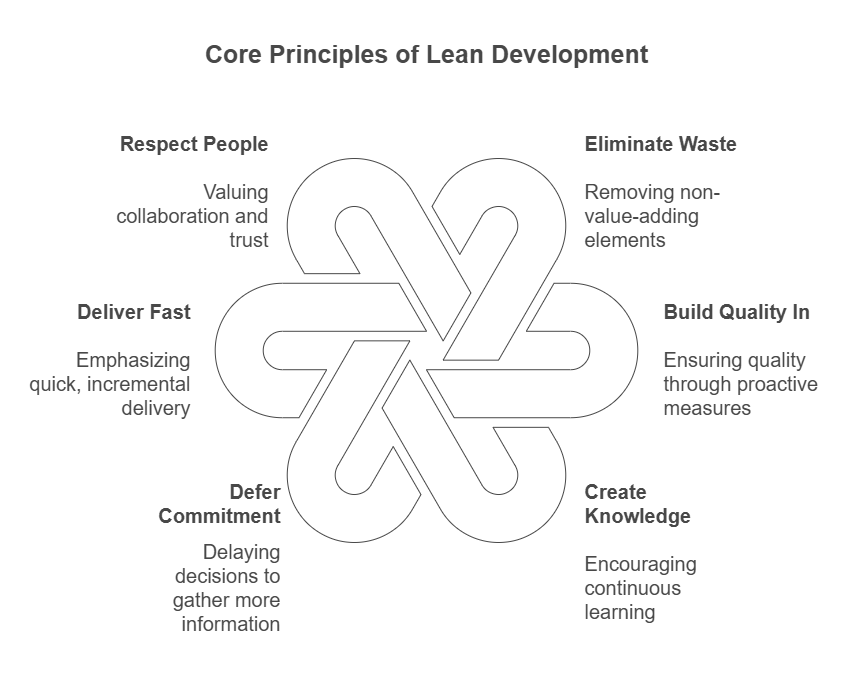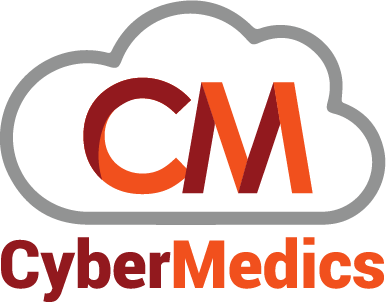
Lean Software Development Vs Scrum
Private equity firms face mounting pressure to optimize portfolio company performance while managing escalating operational costs. Recent industry data shows that 67% of private equity firms struggle with inefficient software development processes, leading to delayed value creation and reduced returns.
Lean software development offers a proven framework for addressing these challenges. By combining lean principles with modern software development practices, private equity firms can streamline operations, reduce waste, and accelerate value creation across their portfolio companies. This systematic approach helps organizations eliminate redundancies, optimize resource allocation, and build more efficient development teams.
This comprehensive guide explores how private equity firms can leverage lean software development principles to enhance portfolio performance, from initial implementation through measurement and optimization. Readers will learn practical strategies for assessment, roadmap creation, and cultural transformation, along with specific metrics for tracking success and maximizing return on investment.
Understanding Lean Software Development Principles
Lean software development emerged as an adaptation of lean manufacturing principles, focusing on maximizing efficiency while minimizing waste in software development processes. This methodology has become increasingly relevant for private equity firms seeking to optimize their portfolio companies’ software development practices.
Core Principles of Lean Development
The foundation of lean software development rests on seven fundamental principles that drive efficiency and value creation:

Eliminate Waste: Removing unnecessary code, features, and documentation that don’t add value to the final product.
Build Quality In: Implementing practices like continuous integration and test-driven development.
Create Knowledge: Fostering systematic learning throughout the development cycle.
Defer Commitment: Making critical decisions at the last responsible moment.
Deliver Fast: Focusing on rapid, incremental delivery.
Respect People: Building trust and fostering collaboration.
Optimize the Whole: Looking at end-to-end process improvement.
Adapting Lean for Private Equity Context
Private equity firms can leverage lean principles to enhance portfolio company performance. Studies show that companies implementing lean methodologies experience significant improvements in operational efficiency, with Fortune 500 companies showing a 53% adoption rate of lean methodologies. The approach focuses on identifying and eliminating waste in software development processes, which directly impacts the bottom line of portfolio companies.
Value Stream Mapping in Software Development
Value stream mapping (VSM) serves as a crucial tool in lean software development, helping teams identify and prioritize constraints that affect speed and quality in the software development lifecycle. Development value stream mapping extends traditional manufacturing practices, incorporating key metrics such as:
| Metric | Purpose |
|---|---|
| Lead Time (LT) | Measures total time from request to delivery |
| Process Time (PT) | Tracks actual work time |
| Percent Complete & Accurate (%CA) | Monitors quality and efficiency |
This mapping process helps development teams reduce costs by minimizing overhead associated with wasted steps, increase speed by reducing lead time, and improve employee satisfaction by increasing autonomy. Private equity firms can use these metrics to track portfolio company performance and identify areas for optimization.
Implementing Lean Practices in Portfolio Companies
Successful implementation of lean software development in portfolio companies requires a systematic approach that begins with thorough assessment and extends through cultural transformation. Private equity firms must carefully evaluate each portfolio company’s readiness and create tailored implementation strategies to maximize value creation.
Assessment and Readiness Evaluation
The first step in implementing lean practices involves conducting a comprehensive readiness assessment. Studies show that organizations using structured readiness evaluation tools achieve 80% higher success rates in lean transformations. Key assessment areas include:
| Assessment Category | Evaluation Criteria |
| Process Maturity | Current workflows, bottlenecks, waste points |
| Technical Infrastructure | Development tools, automation capabilities |
| Team Capabilities | Skills assessment, training needs |
| Leadership Support | Executive buy-in, resource commitment |
Creating Implementation Roadmaps
Implementation roadmaps should follow a now-next-later format to provide clear direction while maintaining flexibility. This approach allows portfolio companies to:
Identify immediate optimization opportunities.
Plan strategic improvements in phases.
Adjust priorities based on measured outcomes.
Align resources with value creation goals.
Managing Cultural Transformation
Cultural transformation represents one of the most challenging aspects of lean implementation. Research indicates that approximately half of all CEOs exhibit resistance to lean transformations due to traditional management approaches. Success requires:
Extensive training programs.
Establishing clear communication channels.
Empowering employees while maintaining alignment with strategic objectives.
Measuring Lean Development Success
Measuring success in lean software development requires a comprehensive framework that combines traditional performance metrics with value stream indicators. Private equity firms must establish robust measurement systems to track the effectiveness of their lean initiatives across portfolio companies.
Key Performance Indicators
Organizations tracking lean development success typically categorize KPIs into lagging and leading indicators. Key metrics include:
Deployment Frequency
Change Failure Rate
Code Coverage Percentage
Bug Detection Ratio
Net Promoter Score (NPS)
Value Stream Metrics
| Metric | Description | Impact |
| Lead Time | Total time from request to delivery | Customer satisfaction |
| Cycle Time | Duration from work start to completion | Team efficiency |
| Flow Efficiency | Ratio of active time to wait time | Process optimization |
ROI Measurement Framework
Private equity firms must establish clear frameworks for measuring the return on investment of lean initiatives. The ROI measurement process involves:
Cost-Benefit Analysis: Evaluating financial implications by weighing advantages against expenses incurred during implementation.
Value Creation Metrics: Monitoring operational improvements and their impact on portfolio company performance.
Performance Management: Regular review and adjustment of value creation plans with portfolio company management.
Conclusion
Private equity firms adopting lean software development practices demonstrate significant improvements across their portfolio companies. Through systematic implementation of core principles, organizations eliminate waste, optimize development processes, and accelerate value creation. Studies show that companies following lean methodologies achieve higher deployment frequencies, reduced technical debt, and improved team performance.
Call to Action
Discover how our Lean Software Development solutions can reduce waste and enhance operational efficiency for your private equity portfolio. Schedule a Free Consultation Today.
FAQs
Q1. How can lean software development principles benefit private equity firms?
Lean software development principles can help private equity firms optimize portfolio company performance by streamlining operations, reducing waste, and accelerating value creation.
Q2. What are the key components of implementing lean practices in portfolio companies?
Implementing lean practices involves three main components: conducting a thorough assessment, creating tailored implementation roadmaps, and managing cultural transformation.
Q3. How can the success of lean development initiatives be measured?
Success in lean development can be measured using KPIs, value stream metrics, and ROI measurement frameworks.
Q4. What role does technology stack optimization play in lean software development?
Technology stack optimization helps eliminate redundancies, maximize value, and improve overall development efficiency.
Q5. How can private equity firms build high-performance development teams?
Private equity firms can build high-performance teams by focusing on optimal team structure, implementing skills development programs, and fostering a continuous learning culture.
